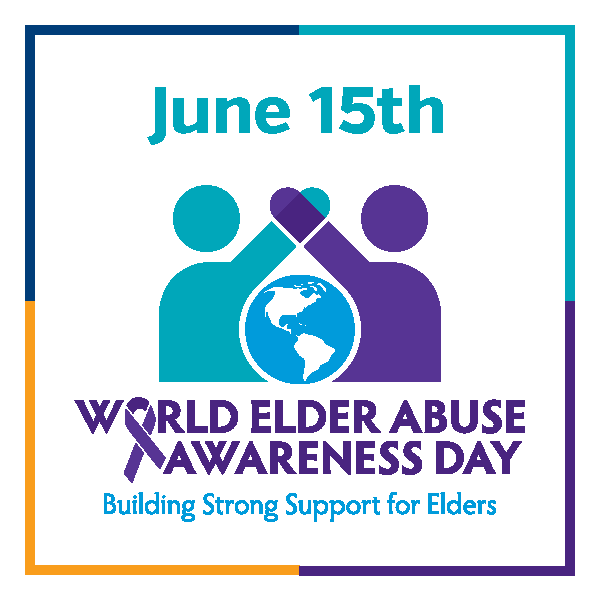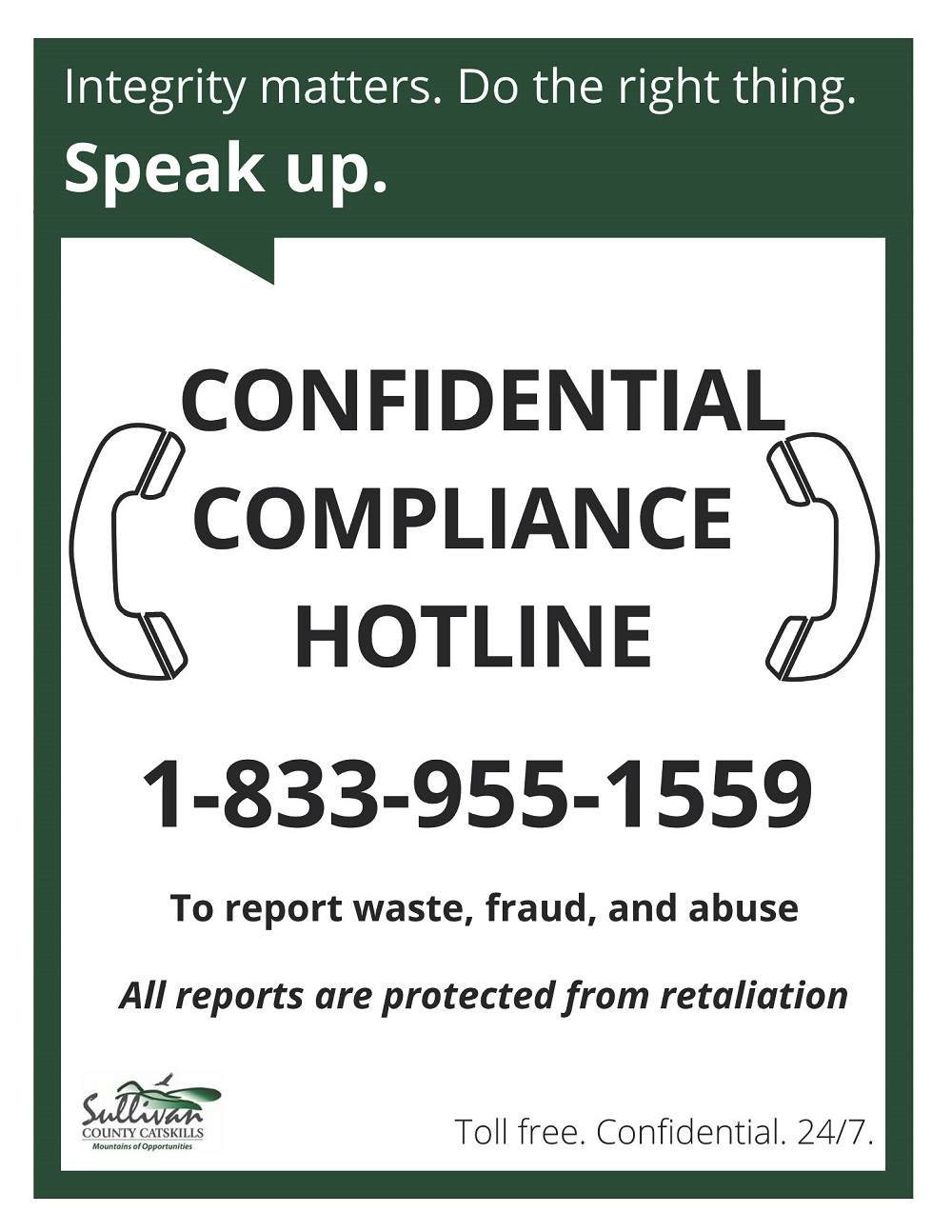
Liberty, NY – Sullivan County encourages its citizens to mark World Elder Abuse Awareness Day on June 15 by viewing and sharing information about the signs and forms of elder abuse, how to identify it, and local resources to help.
“World Elder Abuse Awareness Day aims to promote a better understanding of abuse and neglect of older persons by raising awareness of this hidden epidemic,” explains Social Services Commissioner John Liddle. “My Department and the Office for the Aging work closely with law enforcement to address this problem collaboratively, because it does unfortunately occur in Sullivan County.”
“Elder abuse can include physical, emotional, and sexual abuse; financial exploitation; and neglect (including self-neglect),” says Office for the Aging Director Lise-Anne Deoul. “There are many signs of possible elder abuse. It is incumbent on family, caregivers, health practitioners, friends, and neighbors to watch for these signs.”
Those signs include an older adult:
- seeming depressed, confused, or withdrawn
- being isolated from friends and family
- having unexplained bruises, burns, or scars
- exhibiting poor hygiene or appearing underfed, dehydrated, overmedicated or undermedicated, or is not receiving needed care for medical problems
- having bed sores or other preventable conditions
- showing recent changes in banking or spending patterns
According to 2011’s “Under the Radar: New York State Elder Abuse Prevention Study,” each year over 300,000 older adults are victims of elder abuse in New York State. In 2022, Sullivan County Adult Protective Services conducted 180 safety investigations involving individuals over 60 years of age.
“Elder abuse is often hidden and unreported; Statewide, for every reported case of elder abuse, 23 cases go unreported,” notes Liddle. “Financial exploitation is the most common form of elder abuse. According to Statewide data, for every reported case of financial exploitation, 43 cases go unreported.”
“Older adults who are socially isolated are at increased risk for elder abuse,” adds Deoul. “Well before the COVID-19 pandemic, in 2017, the U.S. Surgeon General declared a ‘global epidemic’ of social isolation. That problem has been magnified on a historic scale over the last two years of the pandemic, putting more older adults at risk of abuse while disconnecting people from the community supports that would otherwise detect it. In fact, a study in the American Journal of Geriatric Psychiatry suggests that 1 in 5 older people has experienced elder abuse during the pandemic, an increase of nearly 84%.”
There are several ways to report both suspicion of and confirmed cases of abuse and neglect in New York:
- Call the New York State Bureau of Adult Services Helpline at 1-844-697-3505
- Call Sullivan County’s Intake Line at 845-513-2390
- Call 911 if someone is in immediate danger or risk of harm
- Call the Elder Abuse Helpline for Concerned Persons. A “concerned person” is a family member, friend, or neighbor impacted by elder abuse. These family members, friends, and neighbors may not know where to turn or who to call. That is where the helpline comes in. Services are free and confidential: 1-844-746-6905 (this is a non-emergency resource).
Since caregiver stress is a major risk factor for abuse, there are supports available through the Caregiver Resource Center, a partnership between the Office for the Aging and Cornell Cooperative Extension, including caregiver support groups and respite services, which provide temporary relief for caregivers (like temporary substitute care or supervision of adults). Call 845-807-0241 for more info.
Join in the Conversation
New York State’s Office for the Aging Director Greg Olsen will talk with experts from the New York State Office of Children and Family Services, Lifespan, and the New York City Elder Abuse Center on June 15 at 1 p.m., discussing ways to recognize signs of abuse, its prevalence, and resources for getting help. Links are available via the Office’s website at https://aging.ny.gov.

